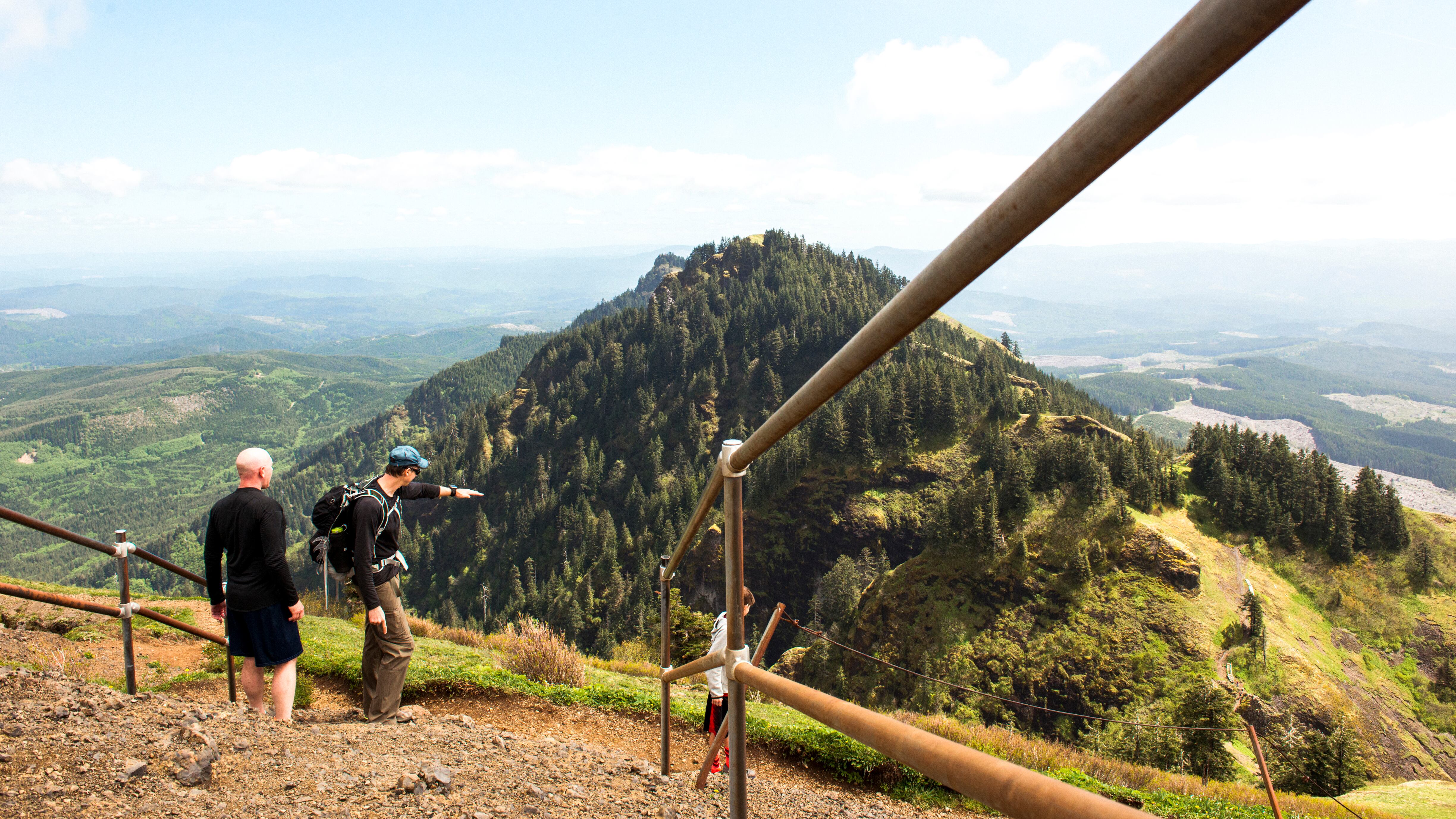In the past few years, massive wildfires have devastated large swaths of the west coast. But aside from dangerously high levels of air toxins due to smoke, residents of the Pacific Northwest's lush, rainy forests have had to worry little about the threat of wildfires.
That's starting to change.
Parts of western Washington and northwest Oregon previously thought too wet to burn are increasingly at risk of massive wildfires as temperatures rise and the regions becomes more dry, The Associated Press reported this week.
A combination of climate change-related factors—including longer, more intense heat waves, drier forests, urban growth, and increased lighting strikes—put Portland at risk of being a tinder box in the future, says Vivek Shandas, Portland State University's professor of urban studies and planning.
"Forest ecosystems are under increased stress because they have less water due to extending summer conditions, which makes trees unable to move water, and stay healthy. Our research group has been finding these extreme conditions among many cedar trees in the city, which is a microcosm of what we are seeing in regional forests," Shandas says. "And urban developments are popping up closer to large swaths of forests, and create conditions where even small pit fires or sparks can unintentionally ignite large fires."
Fire counts are already up in the region. As of late June, AP News reported, the number of fires in western Oregon, 48, was double the average for the past decade, 20.
At the same time, cities are increasingly creeping closer to forests. Western Washington and northwest Oregon combined contain around 1,400 square miles of forest-edge development.
Read the full Associated Press story, which compares vulnerable Pacific Northwest neighborhoods to those that were destroyed in massive California fires last year, here.
